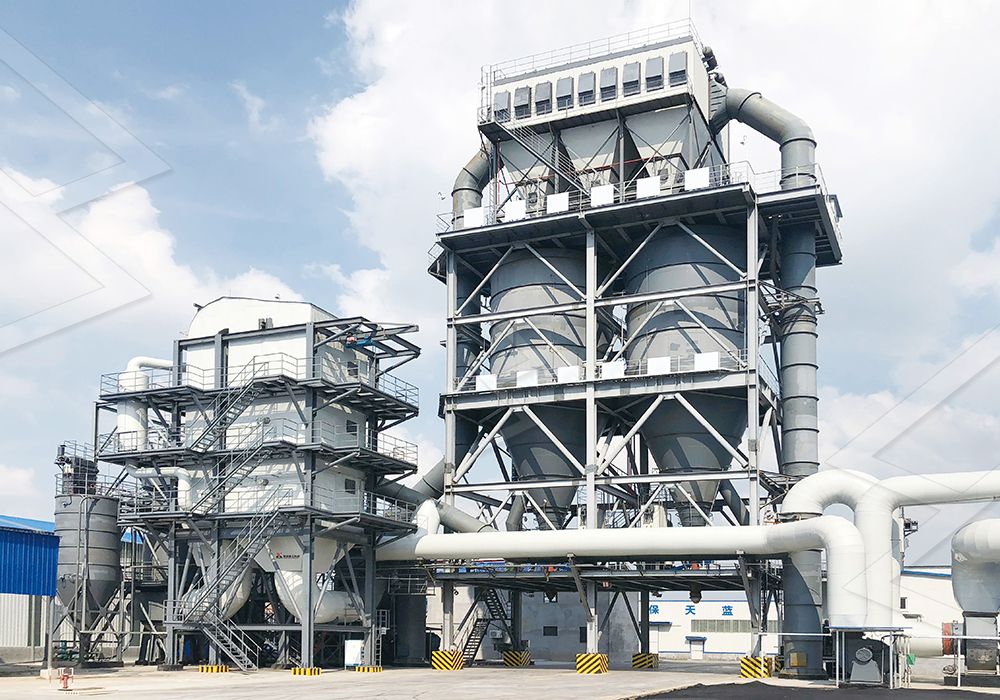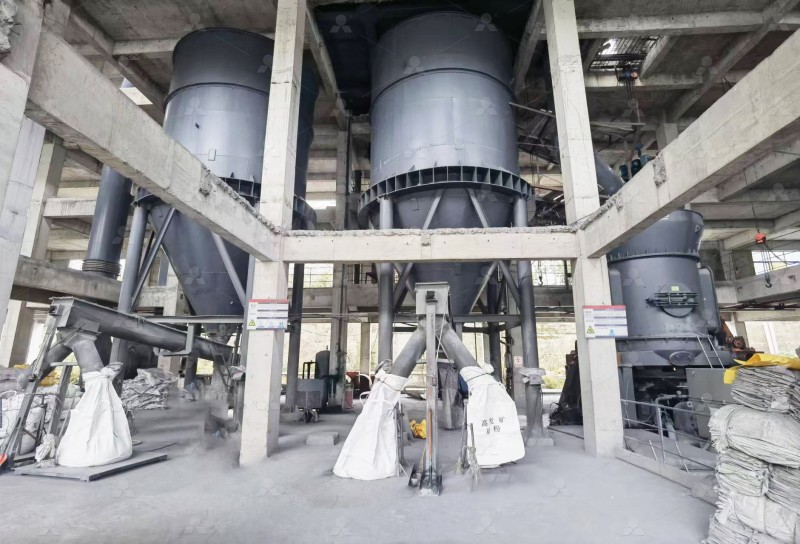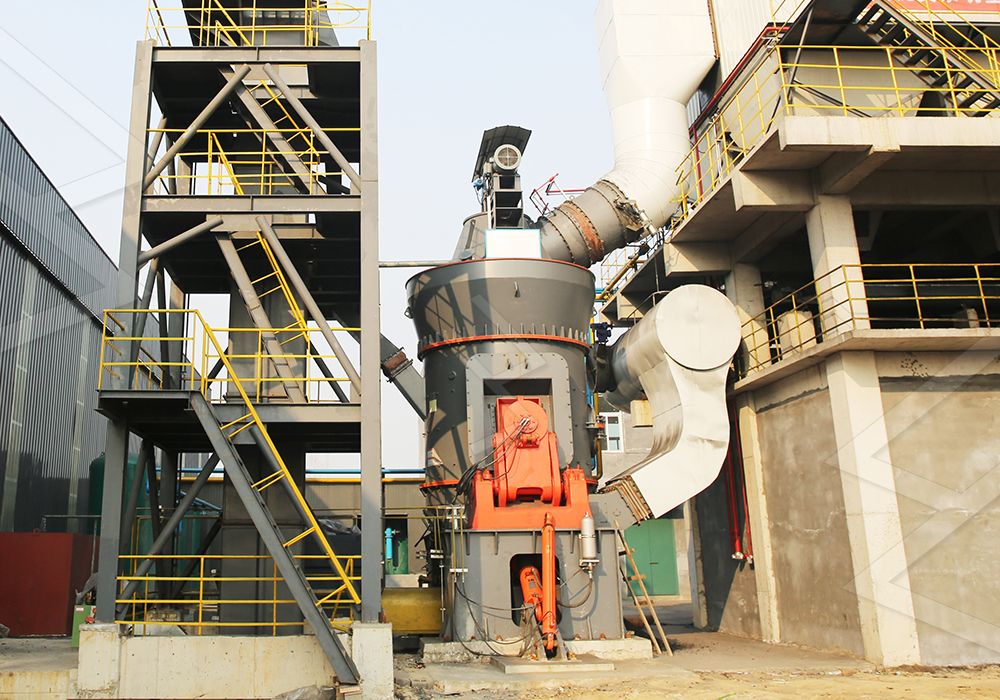Vertical Roller Mill for Coal Grinding: Efficient Pulverizing Solutions
Vertical Roller Mill for Coal Grinding: Efficient Pulverizing Solutions
In the realm of industrial processing, the efficient pulverization of coal is a critical operation for power generation and various manufacturing sectors. Vertical Roller Mills (VRMs) have emerged as a premier solution, offering significant advantages over traditional ball mills in terms of energy efficiency, footprint, and operational stability. These mills are engineered to handle the rigorous demands of coal grinding, transforming raw coal into fine powder suitable for combustion or further processing.
The core principle of a VRM involves a grinding table and rollers that apply pressure to the material bed. Coal is fed centrally onto the rotating table, where centrifugal force distributes it outward under the rollers. This mechanism ensures consistent particle size reduction with minimal energy expenditure. The integrated drying capability allows VRMs to process coal with higher moisture content, eliminating the need for separate drying systems and streamlining the overall operation.

When selecting a VRM for coal applications, key considerations include feed size, capacity requirements, and desired fineness. For operations demanding ultra-fine coal powder with precise particle distribution, the MW Ultrafine Grinding Mill presents an exceptional choice. Designed for customers requiring ultra-fine powder production, this mill accepts input sizes up to 20 mm and delivers capacities ranging from 0.5 to 25 tph. Its advanced cage-type powder selector, incorporating German technology, enables adjustable fineness between 325-2500 meshes, achieving a remarkable screening rate of d97≤5μm in a single pass. The absence of rolling bearings and screws within the grinding chamber eliminates concerns about bearing damage or loose fasteners, while external lubrication allows for continuous 24-hour operation.
For operations prioritizing high-volume throughput with robust performance, the LM Vertical Coal Mill stands out. With a capacity range of 5-100T/H and the ability to process coal with input sizes below 50mm, this mill integrates drying and grinding simultaneously. Its simple and reliable operation is ensured by limit devices that prevent direct contact between grinding rollers and the table, avoiding severe vibration. The hydraulic roller turning-out device facilitates easy maintenance, allowing quick access to wear parts. This mill demonstrates high grinding efficiency, saving 40%-50% power consumption compared to ball mills, while its fully automatic control system enables remote operation and excellent environmental performance with negative pressure operation containing dust emissions.

The environmental benefits of modern VRMs cannot be overstated. Equipped with efficient pulse dust collectors and mufflers, these systems significantly reduce dust and noise pollution. The MW Ultrafine Grinding Mill, for instance, operates in full compliance with national environmental protection standards, featuring silencers and noise elimination rooms to minimize acoustic impact. Similarly, the LM Vertical Coal Mill’s negative pressure system prevents dust overflow, while the non-contact grinding process maintains low noise levels throughout operation.
Operational reliability is further enhanced through digitalized processing and precision manufacturing. Both the MW and LM mills benefit from numerically controlled operations including steel plate cutting, bending, planing, milling, and paint spraying, ensuring high machining precision particularly for core components. This manufacturing excellence, combined with comprehensive spare parts support, guarantees worry-free operation and minimal downtime.

As industries continue to seek more sustainable and cost-effective processing solutions, vertical roller mills for coal grinding represent the convergence of efficiency, reliability, and environmental responsibility. Their ability to deliver consistent performance while reducing operational costs makes them an indispensable asset in modern industrial operations.
Frequently Asked Questions
Q: What is the typical energy savings when using a VRM compared to traditional ball mills for coal grinding?
A: Vertical Roller Mills typically achieve 30%-50% energy savings compared to ball mill systems, thanks to their more efficient grinding mechanism and integrated drying capability.
Q: Can VRMs handle high-moisture coal without pre-drying?
A: Yes, most modern VRMs including the LM Vertical Coal Mill can simultaneously dry and grind coal with moisture content, eliminating the need for separate drying equipment.
Q: What particle size range can be achieved with the MW Ultrafine Grinding Mill?
A: The MW Ultrafine Grinding Mill can produce coal powder with fineness adjustable between 325-2500 meshes, with the capability to achieve d97≤5μm in a single pass.
Q: How does the maintenance requirement of VRMs compare to other grinding systems?
A: VRMs generally require less maintenance due to designs like the MW Mill’s bearing-free grinding chamber and the LM Mill’s hydraulic roller turning-out system, which facilitate easier access to wear parts.
Q: What environmental benefits do these mills offer?
A: Modern VRMs feature comprehensive dust collection systems, noise reduction technology, and operate under negative pressure to prevent dust emissions, ensuring compliance with environmental standards.
